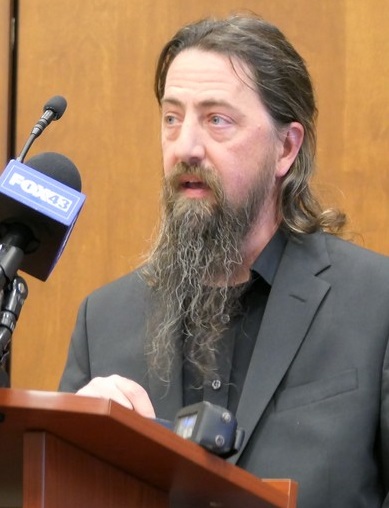
The activists and social service groups pushing for Lancaster County to build a smaller correctional facility have about a year to make their case, the Rev. Jason Perkowski said Wednesday evening.
It’s going to take a strategic and determined push across all fronts, Perkowski said. Recovery and re-entry organizations will need to demonstrate their ability to reduce recidivism. Advocates need to identify who has jurisdiction over which aspects of criminal justice so they can lobby effectively for the changes they believe can reduce the inmate population while enhancing public safety.
“We need to do this collectively,” Perkowski said, and it needs to happen before plans are finalized and workers begin pouring concrete.
Perkowski, a member of Power Interfaith, made his comments toward the end of the county’s second “listening session” on the planned complex. He was among the many citizens who filled the County Government Center’s largest meeting space to capacity. The session was hosted by the prison planning committee, who listened and took notes as 26 community members stepped up to the podium.
Many belong to local advocacy groups and their remarks echoed those they have made at Prison Board meetings and at the first listening session last fall.

Bring us into the process, they urged. They contend that CGL is encouraging a “business as usual” approach, and that if the county fully embraces emerging practices — reducing or eliminating cash bail, expanding diversion programs that substitute mental health and addiction treatment for incarceration, allowing work-release participants to live at home — it could safely build a correctional facility of 1,000 beds or fewer, rather than the 1,300 beds suggested by CGL’s needs assessment.
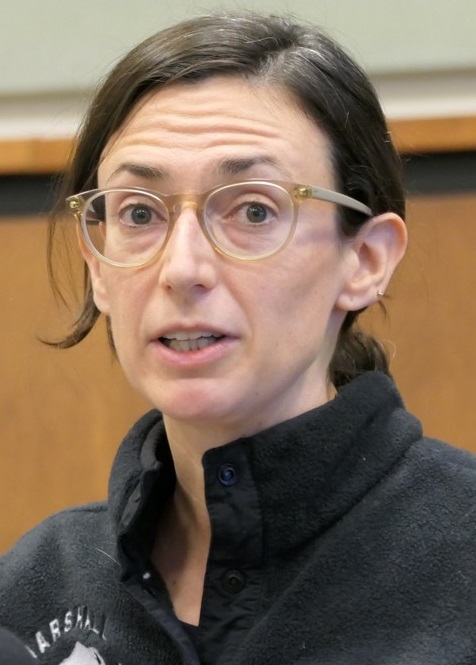
“There are so many things that could be done that are not being done,” said Michelle Batt, founder of the Lancaster Bail Fund. “… Listen to the policy experts.”
CGL’s projections are contradicted by recent history, said Greg Newswanger of the Lancaster Friends congregation. It shows inmate population increasing in tandem with county population; whereas policy changes have led to a reduction in the former of 46% over the past 15 years.
In previous meetings County Commissioner Josh Parsons has cautioned that decisions on incarceration are made through the judicial system. Building a smaller facility won’t influence those decisions, he said: It will just lead to overcrowding if it is undersized.
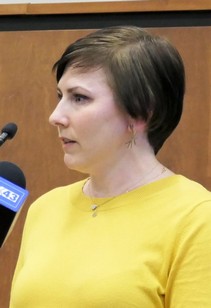
President Judge David Ashworth has said he fully supports keeping individuals out of jail whenever possible, but that state law and state-level budget and policy decisions limit what can be done locally.
The committee also heard from several individuals who live near the planned jail site. They urged that traffic flow, building location, lighting, landscaping and so on be designed so as to minimize the facility’s impact to a minimum.
“We want to be part of the conversation,” neighbor Kirsten Krimmel said.
Other speakers urged planners to focus on treatment and on bolstering family and community connections. Providing supportive space where incarcerated parents can visit with their children doesn’t just lessen children’s trauma, it reduces recidivism, said Teri Miller-Landon of Compass Mark.
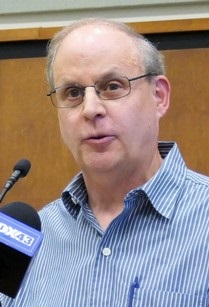
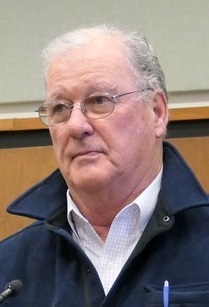
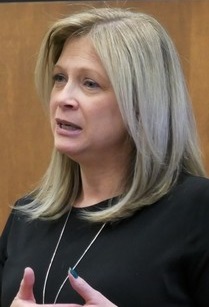
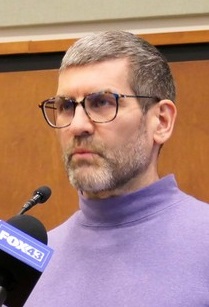
Art Mann, a businessman and chairman of the Hourglass Foundation, suggested the mission of prison programming should be more ambitious. Instead of seeking to reduce recidivism, why not try to eliminate it altogether?
“Whatever you do to manage it, I think that should be the guiding light,” he said.
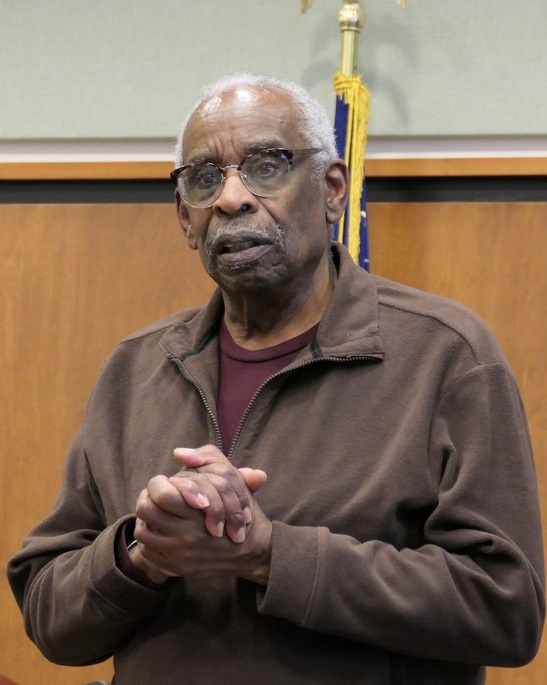
City resident Ron Ashby said planners should make a point of hiring Black and Brown workers to build the prison, and that there should be transportation arranged to the job site for workers who would otherwise have to walk.
Jeff Hawkes, of the Lancaster Justice Seekers Collective, likened the upcoming construction project to a heart operation on someone who’s inactive and obese. It treats the symptoms, but unless you address the underlying issues by changing course, they will recur.
“Your consultant is telling you the prison population will steadily grow because it assumes you’re not going to change your ways,” he said.
Commissioner Ray D’Agostino said after the meeting that he appreciated so many people turning out and making thoughtful, constructive comments. Many of the suggestions, he said, are things the planning committee is already working on.
He agreed it’s appropriate for judicial policy to be part of the discussion. That’s not something the county commissioners or Prison Board have jurisdiction over, but it’s a key factor in forecasting and planning.
The session “gave us a lot to think about,” he said. “… We need to hear people’s ideas.”
The new correctional facility is projected to be the most expensive building project in county history. Officials hope to break ground in 2024 and have the site operational in late 2026.






